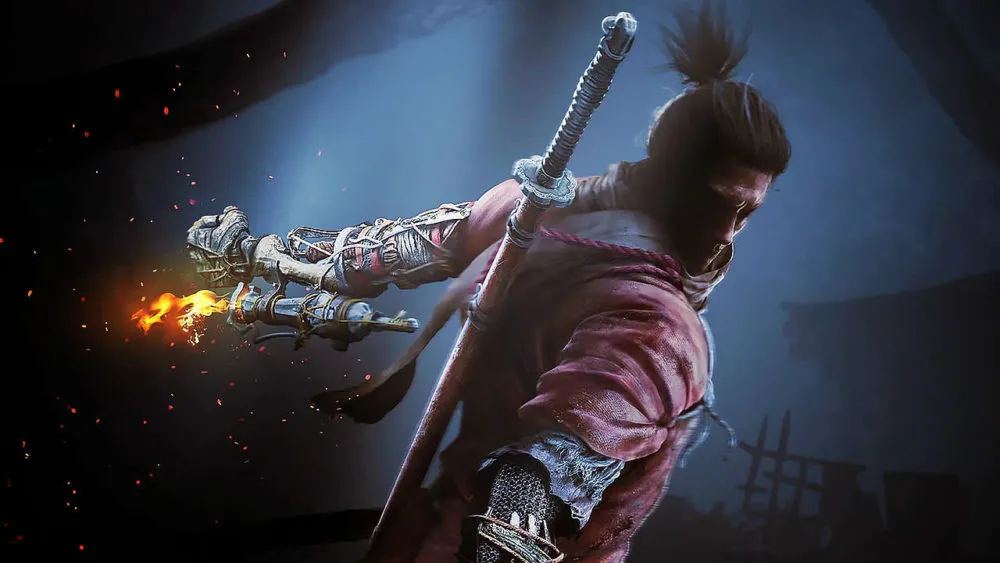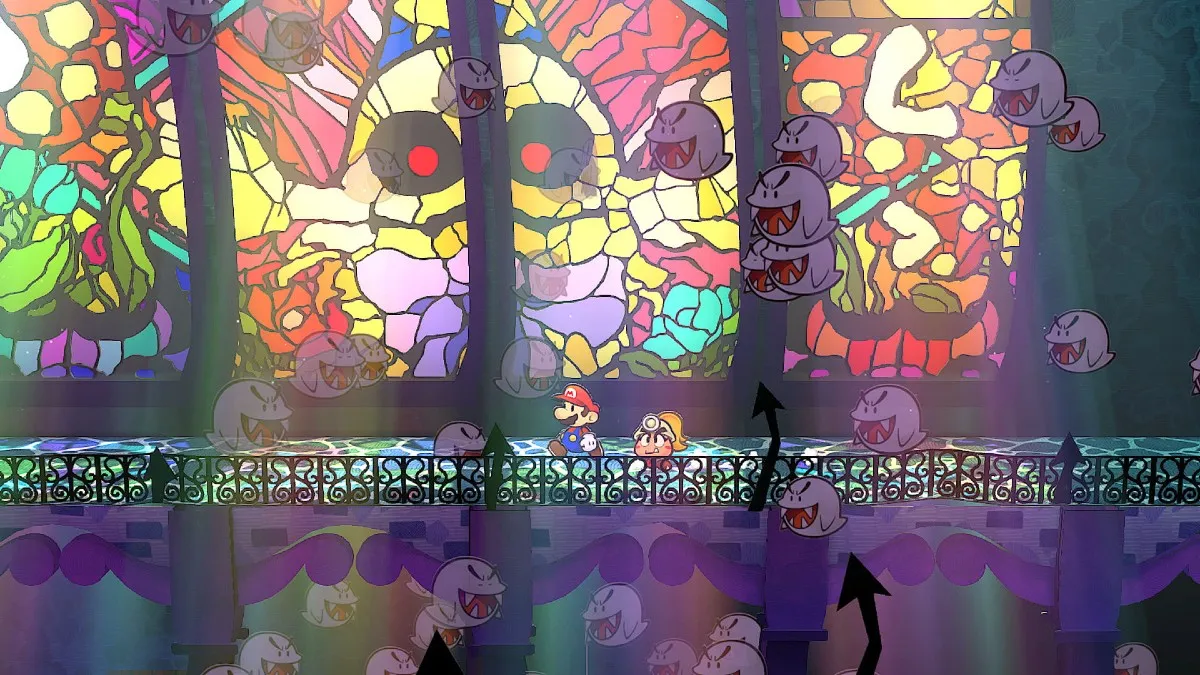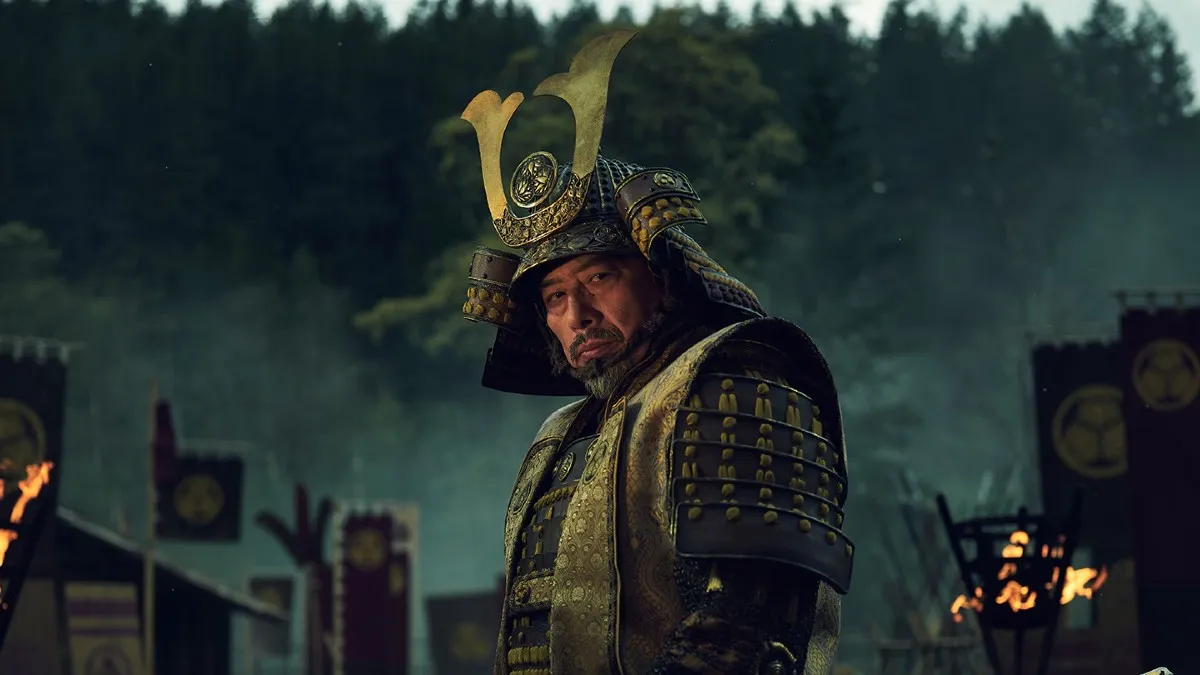As you might have expected from a FromSoft game, Sekiro: Shadows Die Twice is a very dense game in terms of both gameplay and lore. While its story is relatively straightforward and easy to follow, especially when compared to the likes of Dark Souls and Bloodborne, there’s still a lot of intricate details to unpack here.
Set during Japan’s Sengoku era, Sekiro’s story is set in a war-torn backdrop and follows a one-armed Shinobi’s quest to protect the Divine Heir of the Dragon. Sekiro’s themes are primarily centered around the idea of immortality, enlightenment, and the consequences that come with straddling the very thin line between life and death.
There’s a staggering amount of content to unpack in FromSoft’s new game, and while this isn’t a full dive into the story and its lore implications, it’s at least interesting to examine some of the themes and Japanese folklore inspirations used in its design. Oh and, spoilers ahead. You’ve been warned.
Kegare and Impurity
Before we even get started on immortality and all that good stuff, it’s important to first understand the concept of ‘kegare,’ or impurity, in simpler terms.
Kegare is a religious Shinto term that represents the idea of defilement and pollution. While kegare can be caused by any number of things including, but not limited to, disease, sickness, and menstruation, it’s widely believed that death was its primary cause.
Anything even remotely to do with death or dying would ultimately lead to kegare and impurity, and it was something that had to be purified or protected against. Interestingly enough, water was regarded as an element that could be used to purify oneself and allow one to be rid of any impurities.
However, there’s a flip side to that. As welcoming as it can seem, still or stagnant water has to be regarded carefully as well, as any form of stagnation can also lead to disease.
And this leads us to the root cause of all trouble in Sekiro.
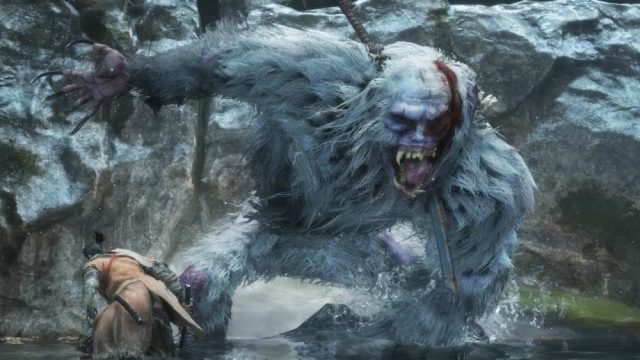
The source of immortality in Sekiro comes from the Dragon Blood, or the Dragon Heritage, which originates from Fountainhead Palace. However, as Rejuvenating Waters fell down to Ashina and began to pool at its very depths, that same water began to stagnate, and problems began to arise.
Stagnation leads to corruption, and all of a sudden, the magical water that was originally supposed to grant immortality doesn’t seem so appealing anymore. In fact, it could be implied that the water itself is the source of corruption in Sekiro, and the primary reason for why we see so much decay and defilement among the enemies we face in the game.
Kuro himself sums up the situation pretty neatly when we find him again in Ashina Castle: he acknowledges that Wolf himself, along with everyone else touched by the Dragon Blood, are undergoing this never-ending cycle of stagnation, which is exactly how he views the curse of immortality that comes with his blood.
Most notably, at the very base of the Sunken Valley, we face the Guardian Ape. Said to be guarding the pure white flower at the deepest point where the waters have pooled, the Guardian Ape appears to be just another regular boss you have to face at first glance. However, its second phase quickly reveals an ugly truth: it’s an immortal being that’s being kept alive by a centipede residing within its body.
It’s a fantastic moment in the game that reveals the true source of corruption in Sekiro. We already knew that repeatedly dying and resurrecting was causing the spread of Dragonrot disease in Ashina (yet another factor contributing to impurity in the world), but it wasn’t exactly clear just how this corruption would manifest beyond a brief glance and NPCs coughing and getting weaker.
The centipedes in Sekiro are seen as parasites and as a possible result of the corruption of the water. However, it’s not entirely clear how these parasites came to be. Did they just breed from within the water? Did the Guardian Ape happen to ingest a tiny centipede, only for it to grow within its body over time?
It could very well be a metaphorical representation of the corrupted element, the direct opposite of the idea of rejuvenation that the dragon was supposed to bring, which leads us to the next point.
Omukade
In Japanese folklore, the Omukade is a yokai that takes the form of a giant centipede. It’s said to possess dragon-like features, and is known to torment even the mighty dragons. In that sense, you could think of the Omukade as the ‘evil’ counterpart to the dragon, which makes sense if we accept the idea that Sekiro’s centipedes are borne from the dragon’s corruption.
Even more interestingly, though, the Omukade was slain by a warrior named Hidesato. In the folklore story, Hidesato had to climb a mountain that the giant Omukade had wrapped itself around. After killing the yokai, Hidesato was rewarded with a bag of rice that would never empty (among other things, of course) by the daughter of the dragon king who sought his help. Sound familiar?
In Sekiro, Wolf also meets a Divine Child who essentially acts as an infinite source of rice. He does this by exploring Senpou Temple and climbing Mount Kongo which, wouldn’t you know it, just happens to be completely infested with rotting monks who have centipedes living inside of them.
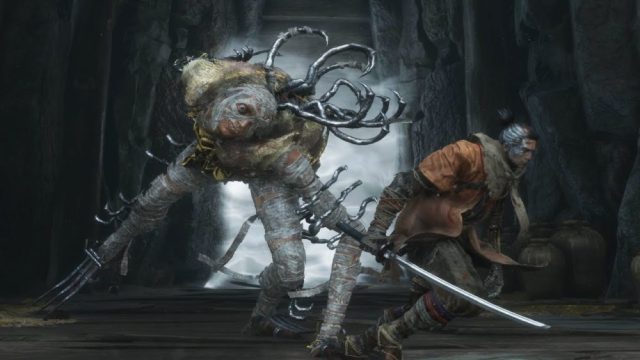
It’s actually pretty surprising that Sekiro doesn’t feature an Omukade-like boss fight of some sort, considering how prevalent the corruption is in Ashina, but it’s probably safe to assume that Wolf’s climb of Mount Kongo is meant to serve as a reference to Hidesato’s story of conquering the giant centipede.
The Senpou monks themselves also play a very large part in shaping Sekiro’s story, as they’re clearly portrayed as monks who have likely turned their backs on the Buddhist teachings in their search for enlightenment and immortality.
In trying to inherit the dragon’s power, it’s heavily implied throughout the story that the monks had attempted to create a Dragon Heir themselves by experimenting on children, which explains Kotaro’s distraught state when you find him at the entrance to Senpou Temple.
It’s not entirely explained how the monks themselves became infected, but we can surmise that they must have found some way to ingest the stagnant water as well, which leads to the parasitic centipedes taking root within their bodies.
Speaking of centipedes, the Omukade is essentially a powered up version of the mukade, which is a very aggressive type of centipede found in Japan. You’ve probably seen it in Resident Evil 7 (why there are mukade in Florida is beyond me, but just roll with it), and it’s a pretty nasty creature that isn’t very well-liked by the general populace.
Generally seen as a symbol of uncleanliness, the mukade can be linked to the idea of disease and kegare in Sekiro as well.
Yao Bikuni and the Carp
Another major character in Sekiro is the Corrupted Monk herself. Players first face off against her in Mibu Village, where the water epidemic has struck, and then again at the entrance to Fountainhead Palace. Upon reaching the third phase of her fight, we see that she actually has a centipede inside her as well.
After defeating her, we see from her Memory description that her name was Priestess Yao, which is a clear reference to the Buddhist priestess Yao Bikuni.
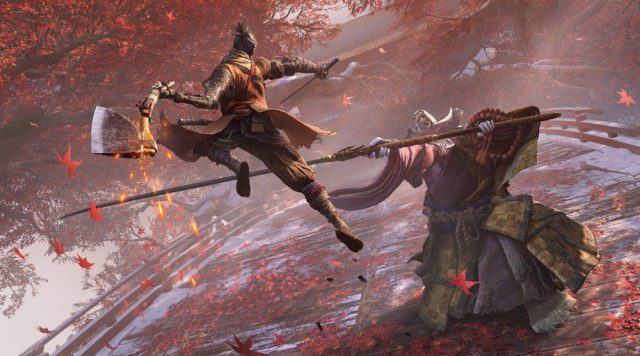
Yao Bikuni is a well-known figure in Japanese folklore, and it’s said that she had gained immortality from eating a fish that her father had caught. It was later revealed that the fish itself was actually a ningyo, which is basically a Japanese mermaid.
Eating the fish didn’t seem to have any sort of negative impact on Yao, and in the folk story, she went on to live to be 800 years old, and she seemed to lead to pretty happy life.
The same can’t really be said for Sekiro’s version of Priestess Yao. The game never explicitly tells us this, but with the presence of the Giant Carp and so many fish found in Ashina and Fountainhead Palace, it’s entirely possible that the Corrupted Monk herself had eaten a carp to gain immortality.
Except, of course, this brand of immortality isn’t as benign as the one we hear about in the folk story. A parasitic centipede takes root within the Corrupted Monk, and just as Yao Bikuni did in the story, she goes on a journey to search for the source of immortality, ultimately leading her to the Fountainhead Palace.
The Corrupted Monk’s role in Sekiro isn’t spelled out either, but considering that both her Memory items describe her as an eternal watcher or protector, it seems plausible to assume that she intended to protect the Fountainhead Palace and the source of the Rejuvenating Waters from the Senpou monks. After realizing that the monks were experimenting on children in their attempt to replicate the dragon’s power, she’d sought to prevent them from getting closer to the source and potentially doing more damage.
There are so many other clear folklore inspirations in Sekiro, such as the correlation between the Headless enemies and the Kappa creature, but ultimately I felt the few stories picked out for this article were the most pertinent to the game’s important themes, and helped in shaping a better understanding of its lore and world.
For now, though, it’s become abundantly clear that the theme of corruption is one that FromSoft is probably most interested in exploring in their games. From the Abyss and the Deep in Dark Souls III to the vermin in Bloodborne, and now the stagnant waters of Sekiro, it’ll be interesting to see how this idea is explored and pushed further in future game releases.

